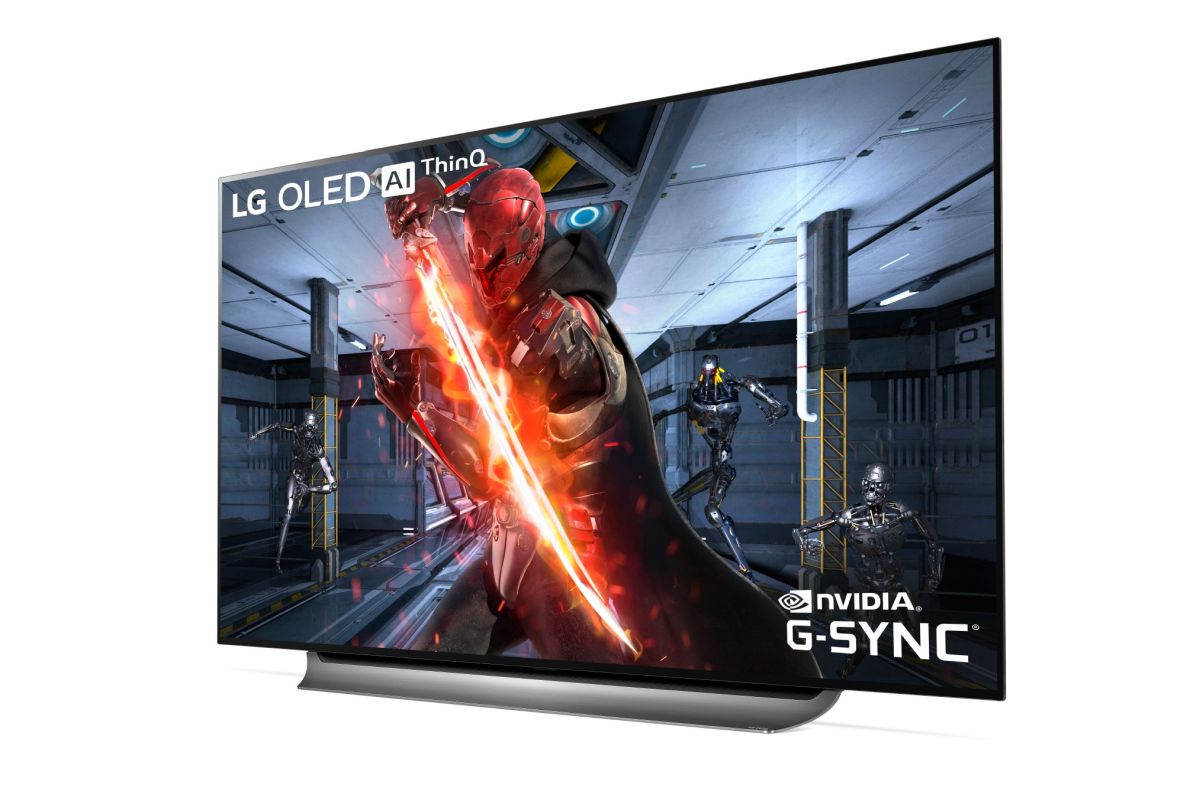According to LG’s official press statement, the E9 TV models include its 55 and 65-inch models, while the C9 lineup covers its 55, 65, and 75-inch models. Just to be clear, neither of these TVs are equipped with NVIDIA’s proprietary G-SYNC module. Instead, the TVs uses a form of AMD’s FreeSync, or Adaptive Sync, to eliminate screen tearing in-game. Specs-wise, LG’s E9 and C9 OLED TVs support both the HDR10 and Dolby Vision format. On paper, both TV lineups offer an ultra-fast response time of 120Hz when connected to a PC with an NVIDIA GeForce graphics card. “We are excited to bring G-SYNC Compatible support to LG’s 2019 OLED TVs and HDMI Variable Refresh Rate support to our GeForce RTX 20-Series GPUs,” said Matt Wuebbling, head of GeForce marketing at NVIDIA. “Gamers will be blown away by the responsiveness and the lifelike visuals on these TVs when playing the latest PC games featuring real-time ray-tracing powered by GeForce.”
To be clear, LG’s new G-SYNC compatible OLED TVs should not be confused with the NVIDIA’s own Big Format Gaming Display (BFGD) that was announced last year during CES 2018. By default, these displays measure in at 65-inches, are fitted with a G-SYNC HDR module and built-in NVIDIA Shield, and have a maximum resolution of 4K and a 120Hz refresh rate. Sadly, the availability of the BFGD is still scarce, and to date, the only brand that has managed to push out a working unit is HP and the Omen X. (Source: LG Newsroom)
